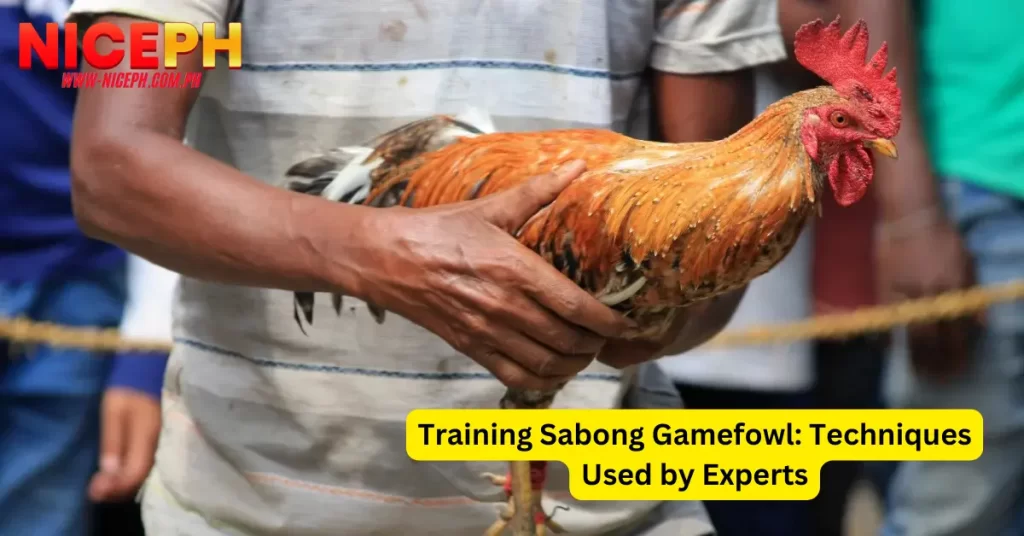A strong and capable fighting rooster heavily depends on the care and training fighting rooster methods employed by its owner. Raising a skilled rooster requires meticulous research into proper care techniques and adherence to a specific nutritional regimen. In addition, an effective training routine is crucial for developing the toughness and combat instincts of a true warrior.
Below, NicePH shares with readers methods for training fighting roosters that are healthy, enduring, and skilled in combat.
Daily Routine
Daily Exercise – Running in a Cage
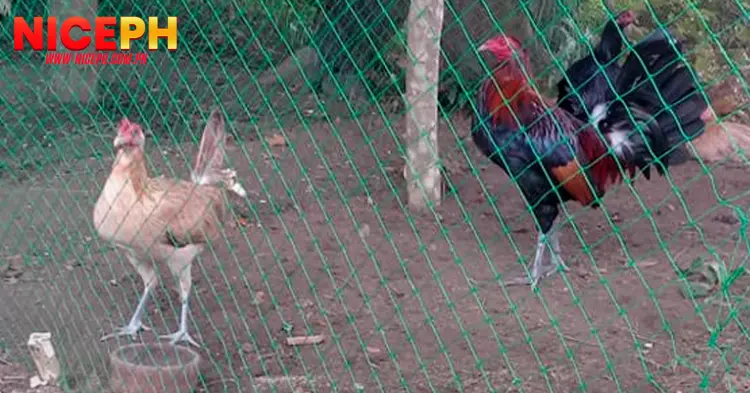
Training fighting roosters to run in a cage is an excellent exercise to build muscle and increase their resilience. Each morning, let your roosters engage in this activity. To prevent exhaustion, restrict cage running to about 30 minutes per session. For first-time training fighting roosters, limit the duration to 15–20 minutes.
Initially, place the rooster upside-down in a small pot with enough space to ensure comfort. Next, cover the top with a large barrier. This setup prevents the roosters from fighting since they will be kept two multiples apart.
When two roosters encounter each other, they will instinctively move closer to attack. As a result, the “warrior” rooster will be forced to run around the cage to approach its opponent.
Breath Conditioning
Professional trainers often incorporate breath conditioning drills as part of a rooster’s training routine. This exercise strengthens the rooster and improves its ability to dodge attacks, while also enhancing its respiratory system.
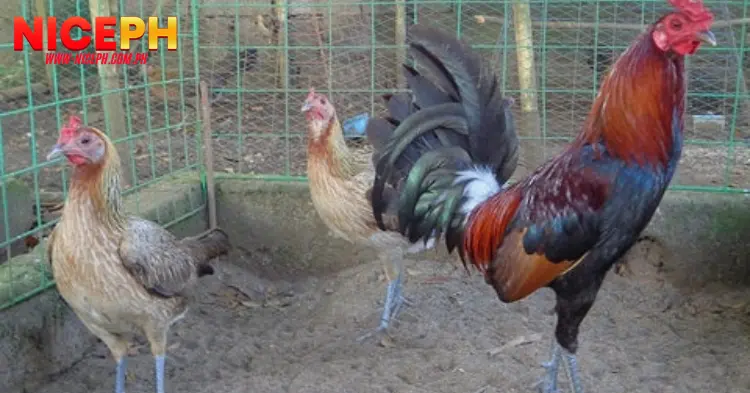
Take care to gently stimulate the rooster and cover its beak when performing this exercise. Use an agile, energetic rooster as a sparring partner. Secure the sparring rooster’s legs with shoelaces or elastic bands to prevent injuries. Ensure the rope’s length matches the distance between the rooster’s legs when it is standing upright.
The fighting rooster and its sparring partner can now interact. With its beak and claws covered, the rooster cannot jump to attack or injure its opponent. Instead, it must use its body to push or evade, improving its stamina and striking accuracy.
It’s important to choose the right time for breath conditioning. Train the rooster between 11 a.m. and noon, as this is when roosters are most energetic, especially on sunny days.
Training Frequency
Exercise every other day for optimal results. Avoid overworking the rooster, as excessive training can lead to fatigue. Limit each session to 15–20 minutes of breath conditioning, followed by 5–7 minutes of sparring.
Nutritional Regimen
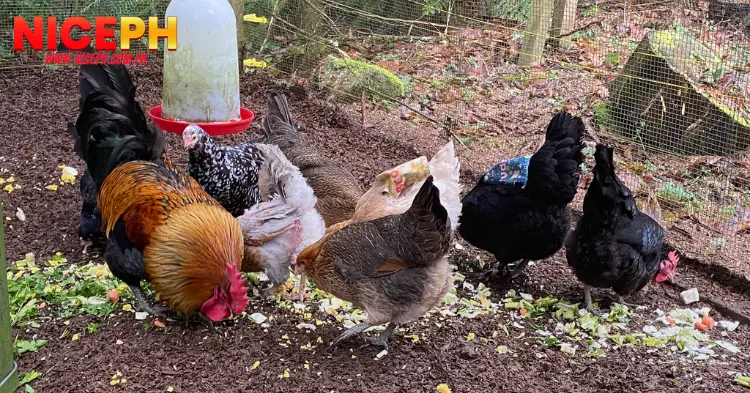
Nutrition is the primary factor to consider when raising fighting roosters.
Staple Diet
The main food for fighting roosters is usually paddy rice. Soak the rice to remove unripe grains. If possible, feed the roosters sprouted paddy rice, as it contains more nutrients than regular rice.
Supplements
Include protein-rich foods in the rooster’s diet. The most common options are pork, pork cartilage, beef, and reptile meat. For example, you can feed the rooster 2–5 pieces of pork or beef at lunchtime, or reptile meats such as snake or lizard. These supplements are best given at midday to ensure proper digestion.
Vegetables and Fruits
Add vegetables and fruits to the rooster’s meals for cooling and digestive benefits. Choose water spinach, tomatoes, pumpkin, papaya, or watermelon.
Vitamins and Calcium
Supplements like vitamins and calcium also enhance the strength of fighting roosters. Adjust the amount of greens and protein in the diet depending on the rooster’s development stage to prevent excessive weight gain.
Key Training Fighting Roosters Tips
The fighting ability of your rooster depends on proper training and adherence to these essential guidelines:
- Train your rooster consistently and at the same time each day to build habits.
- Avoid long training sessions to prevent fatigue or injury.
- Ensure your rooster’s diet is rich in protein, vitamins, and other essential nutrients.
- Choose an agile and adaptable sparring partner to improve your rooster’s combat and evasion skills.
- Protect your rooster by covering its beak and claws during sparring sessions.
Breath and Sparring Training
Over a month, alternate breath and sparring sessions. For breath training, aim for 3–5 rounds per session. During the second month, incorporate sparring 2–3 times per month. Carefully choose roosters of similar weight and use protective coverings for their claws to improve resilience, pain tolerance, and stamina. Sparring sessions can last 5–6 rounds.
=> Read more: How to Build a Sabong Training Run to Boost Gamefowl Stamina
Care Regimen for Fighting Roosters
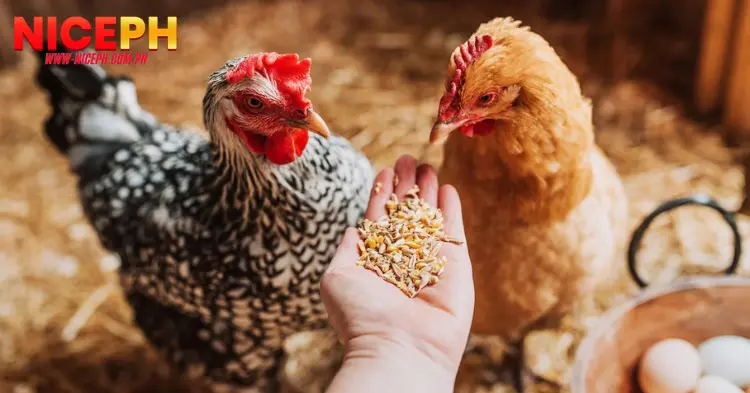
A proper care routine not only keeps roosters healthy but also helps detect potential illnesses early.
Morning Sunbathing
Expose the rooster to sunlight in the early morning to help it synthesize vitamin D, which supports calcium absorption. Avoid leaving the rooster out at night, as dew can lead to respiratory issues.
Herbal Ointment
Regularly apply herbal ointments to the rooster. This not only thickens and reddens its skin but also prevents fungal infections. A common ointment recipe includes hot water mixed with turmeric, cinnamon, and alcohol. Apply the ointment in the early morning for best results.
Clean Coop
Keep the coop clean and well-ventilated without sudden temperature changes. This ensures the rooster stays warm in winter and cool in summer. Add heating lamps if necessary.
Sand Baths
Provide a clean sand pit for the rooster to sunbathe and groom itself. This is a critical aspect of rooster care.
=> Are you looking for a reputable and top-quality casino for betting? Try our partners: JILICC Casino.
The bottom line
The methods outlined above are widely used by rooster trainers to raise strong and intelligent fighting birds. Apply these techniques to develop the best roosters for competition.

